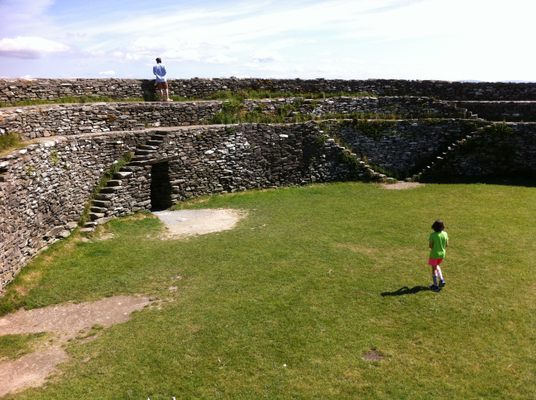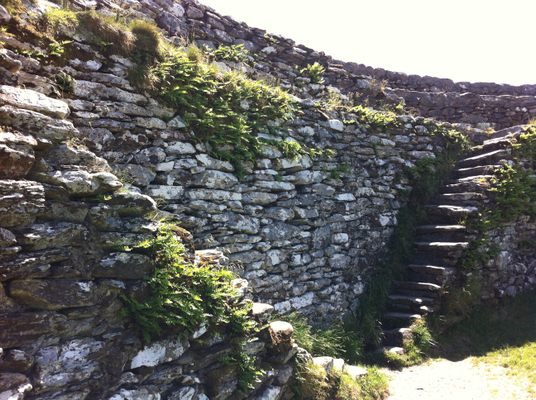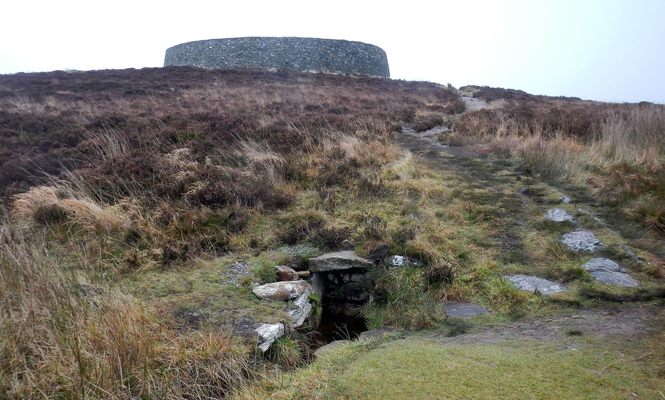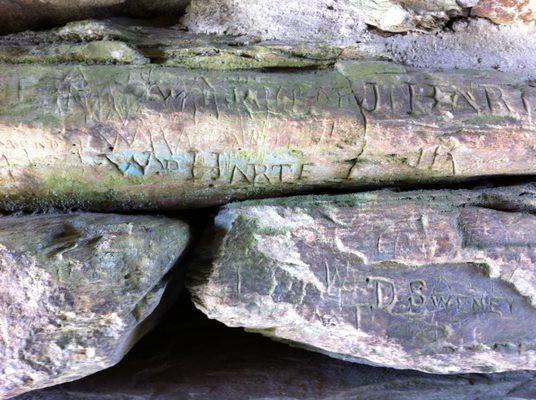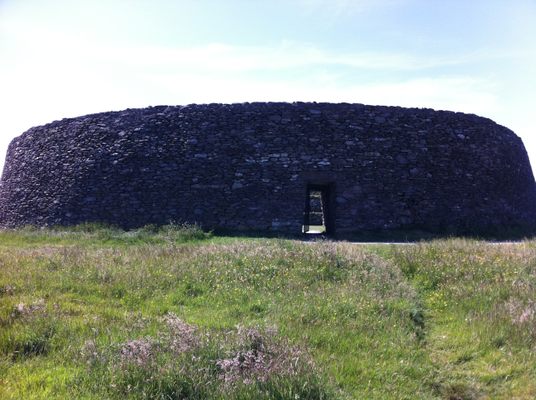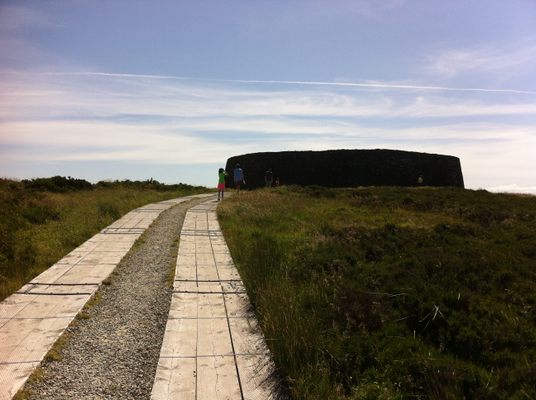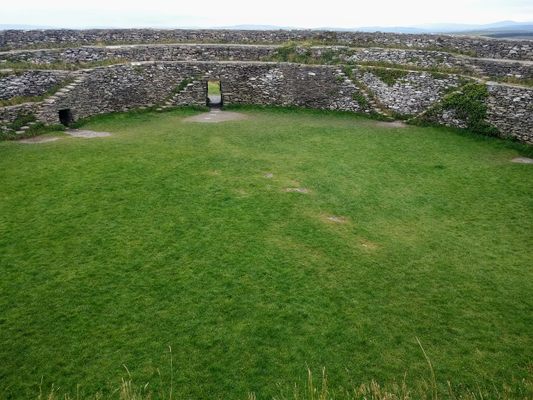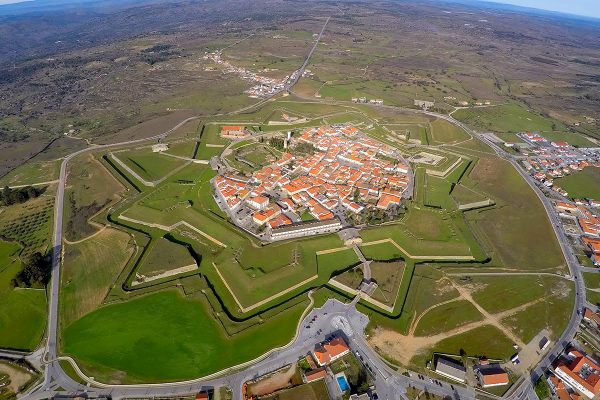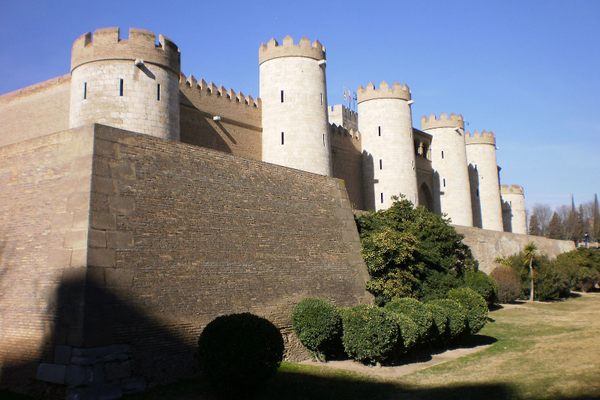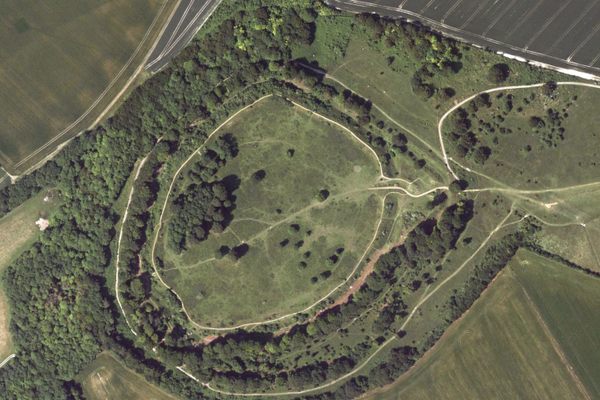About
From this stone ringfort on a hill you can see counties Donegal, Derry, and Tyrone, as well as a breathtaking view of the surrounding loughs. This is Grianán of Aileach, an ancient settlement that has been witness to most of Irish history.
The cashel was built sometime around the year 600, but the site may have been in use as early as 1700 BC. Legend has it it was constructed by a god and a king to protect the grave of his son. It was built and rebuilt over the eras, making it a helpful clue in constructing a timeline of the Celtic empire.
The Grianán of Aileach was destroyed by King Murdoch O'Brien of Munster in 1101. It was first formally surveyed in the 1830s, at which point it was little more than a pile of rocks. The researcher, George Petrie, measured the fort at 77 feet wide and speculated that it would have been roughly 8 feet tall. He noted the remains of an early Christian church as well as an even older burial mound. Other researchers over the years found "sling stones," sundials, animal bones, coins, beads, pottery, and an ancient board game.
Unsurprisingly, given its age, the site is also very woven into local folklore. A well just beyond the fortress walls supplied water to the nearby villagers and was believed to have magical properties, a reputation which may have developed from its history with St. Patrick, who is said to have baptized the local chieftain here in 450. Superstition also warned not to tell a secret within the cashel walls, or everyone would find out. This may have stemmed from the fort's acoustically amplifying shape.
Over the course of the 1870s, a Derry doctor, Walter Bernard, took it upon himself to restore the fortress from the ruins that remained. Every Sunday for several years he led a local restoration group in rebuilding the structure. By 1878 it appeared in its current state—a circular fort of three terraces, with two passages cutting through the thick walls. The reconstruction actually bears little resemblance to the original, but perhaps this just marks another stage of the Grianán of Aileach's evolution. It remains one of the most significant, yet not widely known Neolithic Irish settlements.
Related Tags
Community Contributors
Added By
Published
May 9, 2017
Sources
- http://www.discoverireland.ie/Arts-Culture-Heritage/grianan-of-aileach/73795
- https://en.wikipedia.org/wiki/Grianan_of_Aileach
- http://www.angriananhotel.com/local/Grianan-of-Aileach-Fort-and-Burt-Castle-/
- http://www.megalithicireland.com/Grianan%20of%20Aileach.html
- http://www.ancient-origins.net/ancient-places-europe/grianan-aileach-hillfort-legendary-kingdom-which-lies-5000-year-old-sacred-021295?page=0%2C1
